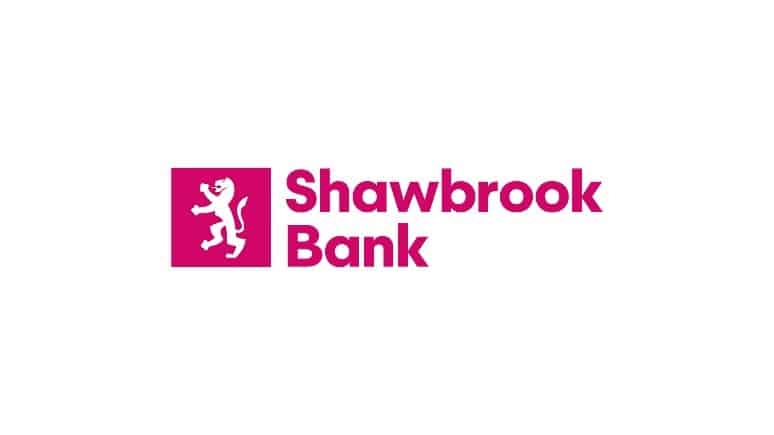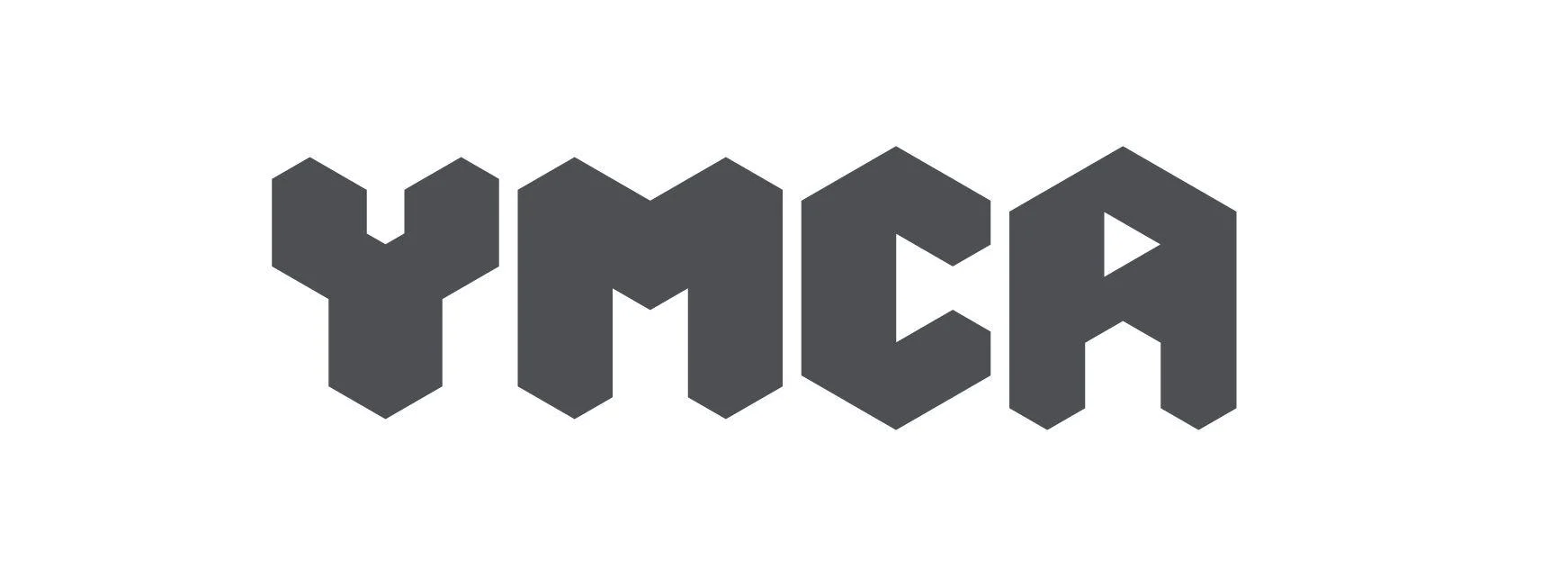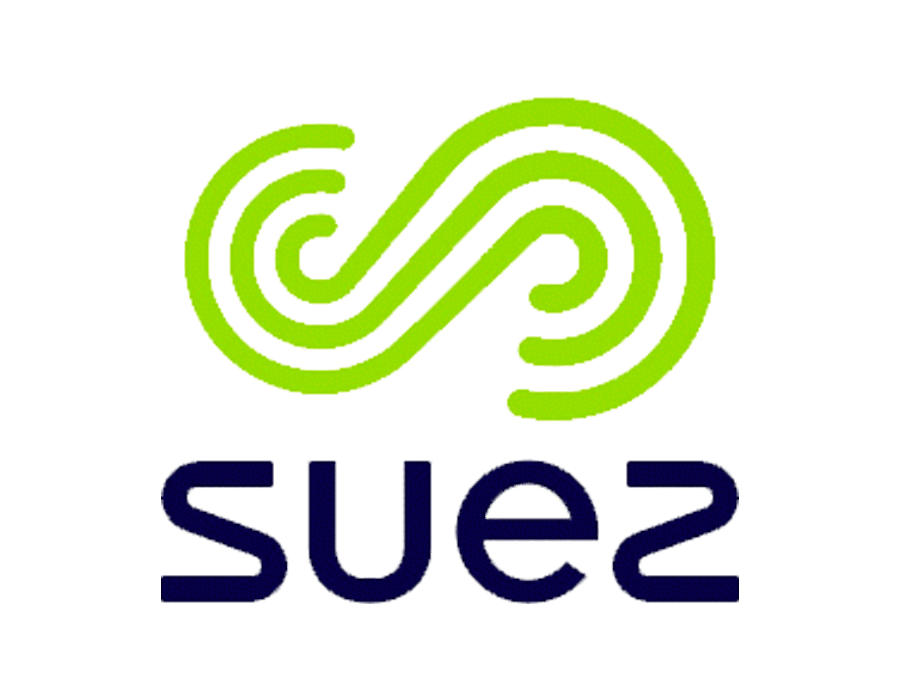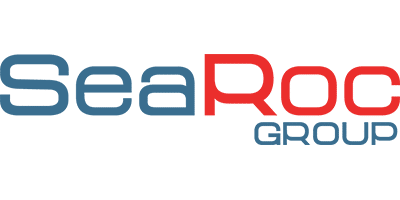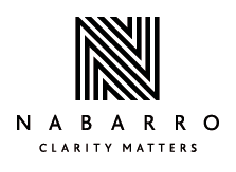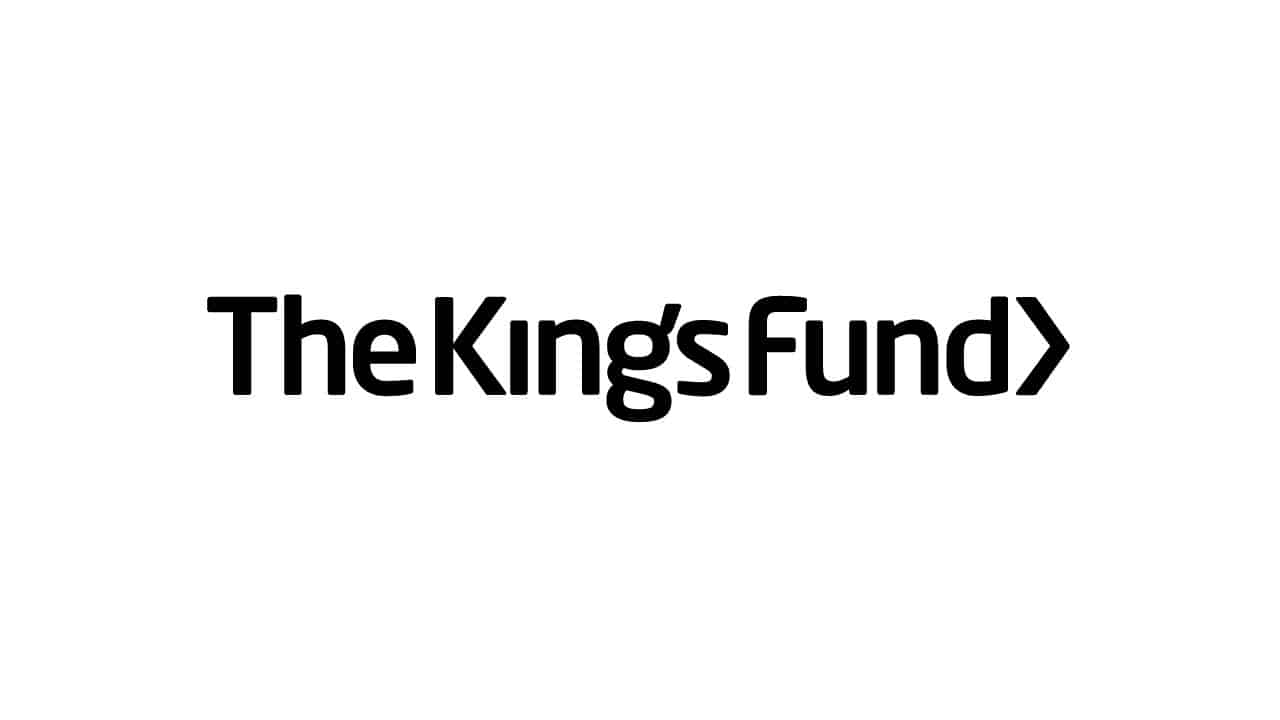Technical writing
Articles and resources to help you turn your expertise into clear and precise technical documents
Contents
Featured
Make communicating numbers as simple as 1, 2, 3
How to make an impact with numbers and statistics
How to fix the 7 most common glitches in technical writing
These five techniques will transform your technical writing
Dazzling with data: how to create charts that win friends and influence people
All articles

How to write for a non-technical audience

Make communicating numbers as simple as 1, 2, 3

How to make an impact with numbers and statistics

How to fix the 7 most common glitches in technical writing

These five techniques will transform your technical writing

